

Issues Affecting Urban Drainage
Poor drainage is a problem, which affects many parts of the metropolitan area. Natural features such as the underlying geology, soil conditions and localised topography create some drainage problems. Development should never have been permitted in these areas, however, recent planning measures have little to prevent urban encroachment.
The majority of the problems are created by the growing urbanisation of the metropolis and the resultant impact of increased surface water runoff and flooding in low lying areas. The following issues require special attention in developing a strategy for drainage in the metropolitan area:
Flooding
The principal areas that are liable to flooding in the metropolis are:
1. Panbros Salt Ponds
2. Dansoman - Mpoase - South Odorkor corridor
3. Dansoman - Sukura - Chorkor corridor
4. Mataheko - Abossey Okai - Korle Lagoon corridor
5. Odaw - Dzorwulu - Awudome - Industrial Areas System
6. Teshie
7. Sakumo II Lagoon Area
8. Darkuman - North Kaneshie
Choked Drains
The lack of adequate drainage and under designed culverts capacity in many areas have exposed these areas to floods. These problems are compounded where drains are used to collect solid and sanitary wastes.
Impeded Drainage
Several areas along the Odaw and the Sakumo II catchment areas have natural low-lying areas of impeded drainage. These pose social and health hazards. Also such areas easily shelter dangerous animals like snakes and disease carrying insects. Small-scale drainage works are required to reduce the water table in these small-impeded drainage areas.
Dredging
Dredging of the Sakumo II and Korle lagoons is required to reduce flooding and improve free water flow. The korle lagoon however, is bedeviled with a number of problems, making its dredging very expensive. Old and abandoned vehicle bodies and other wrecked machinery and equipment have been deposited in the lagoon, and are now stuck in the floor of the estuary.
The removal of wreckage is necessary, to create a proper channel to ensure adequate flow once the passage is widened. in this regard, the Ministry of Works, Housing and Water Resources in collaboration with the AMA, has now embarked on the Korle Lagoon Ecological Restoration Project (KLERP).
The project, executed by Dredging Ghana Limited (a Dutch Firm),is financed by the Government of Ghana, the Kuwaiti Government Fund and BADEA. The first phase of the project, comprising; feasibility studies and dredging work, has now been completed.
The second phase, which includes landscaping and the construction of canals is yet to take off.
The cost of dredging is expensive (approximately 85million US Dollars), and calls for immediate halt to further dumping of wrecks and waste into drains and water bodies. Based on this, measures are currently ongoing to resettle the people of Sodom and Gomorrah, a squatter settlement near the project area.
Protection of Potential Ramser Sites and Conservation of the Lagoons is extremely essential. The disposal of silt from the lagoons has the potential of creating problems. Meanwhile, silt from the dredging can be used to refill low-lying areas in the metropolis. Though it could interfere with habitat for wildlife and destroy storage capacity.
However, the Sakumo II and Korle lagoons are both under consideration as Ramser (conservation) sites.
Dredging is important, but, must be well managed, as the exercise can release dangerous quantities of methane and other toxic gases into the water in the estuary. This could dangerously impact on marine life. Dredging exercise and the disposal of dredged material must also be mindful of undesirable environmental impacts.
Lagoon Outfalls
Many of the lagoons along the coastline remain closed until opened by heavy rains. Others like Korle, Sakumo II and Chemu II have very narrow outlet channels. In the case of Korle and Sakumo II these do not provide sufficient capacity for storm water discharge or adequate flushing of the lagoon systems.
Consequently, these lagoons have become chocked and polluted by a large heap of sediments. Therefore, to improve the water quality and provide sufficient channel to enable floodwater to adequately discharge, the channel entrances at Korle and Sakumo II lagoon must be widened substantially.
There is also the need to pass the dry season flow around the edge of the lagoons, to prevent the discharge of waste and maintain water quality in the upper reaches.
Local Drains
Many of these are open sewages and are a major health hazard. Some organisations must be made responsible for these local drains, thus ensuring their maintenance as part of a public health programme. Many localised flooding problems in the urban areas can be attributed to poor design of storm water facilities.
Under sizing of culverts and drainage channels, poor consideration of maintenance requirements and under-estimation of siltation loads are common faults. Conversely, concrete lined drainage channels on both sides of residential streets are often more expensive to construct than the road itself.
Simpler design standards could enable much larger areas to be serviced by storm water drainage. There is the need to review many of the current design standards to ensure all drainage systems have adequate capacity, but also that standards adopted are not excessively expensive.
As the metropolitan area expands and more land comes under intensive cropping in catchments undergoing urbanisation, surface water runoff will increase. This will lead to increased siltation and more severe floods down stream, especially in areas surrounding the lagoons.
If this situation is to be avoided, engineering and conservation measures will need to be applied to reduce the rate of runoff. There is the need to introduce measures to protect the upper catchment areas and streams where development and more intensive crop production is expected to take place.
Air Quality
With the exception of the industrial area along the Odaw River, air quality in the metropolitan area is good. Minor incidents of localised pollution from automobile fumes arise during certain climatic conditions but these are insignificant compared to those registered in some developed countries.
During the months of December through to February, the effect of the Harmattan (fine windblown dust from the Sahara region) causes loss of visibility and some health problems. These are seldom prolonged. Odour levels arising from decomposing rubbish and sanitary wastes are high in inner city areas, especially, along the drainage system and in the region of the night soil dump at Korle Gonno.
Flooding in AMA
On the 27th of June 2001, Accra experienced a major flood that led to the destruction of life and property. This necessitated a rapid appraisal survey of the affected areas to develop a sustainable solution to the problem.
Based on factors/ criteria such as duration of flood after the rains, intensity of damage to life and property, the water level during the floods, and the level of infrastructure destroyed, six worst affected areas were identified. The unique issues identified in these areas are expected to inform pragmatic decisions to address specific problems identified in the flood prone areas.
Awoshie, Kwashieman, Mallam etc.
These areas have the Lafa Stream passing through and the main causes of flooding are due to the following reasons:
- Generally Low-lying
- Absence of proper drainage network, the few constructed are undersized.
- Drainage channel is heavily encroached thus leading to total diversion of waterways.
- Rubbish deposits in the drainage channel
Dzorwulu, Airport etc
These areas have the Onyaisa River passing through and the main causes of flooding are the following:
- Dzorwulu is low-lying
- The primary drains are not properly channelled
- The primary drains are higher than some of the tertiary drains. The township therefore does not drain into the Onyasa Driver.
Alajo etc
Alajo has the Odaw River draining through, the main causes of flooding are the following:
- Generally low-lying
- Development is uncoordinated and haphazard. The planning scheme, which was an upgrading scheme, was never implemented.
- A major land use activity- Alajo Market is located near the Odaw Stream. Dumping of refuse and waste in and around the stream is rampant.
East Legon / Tetteh Quarshie Area
- Most roads in East Legon do not have drains and channels to channel storm water
- The drains behind SECAPS Hotel have not been properly managed.Osu;
- The main drain partially choked around Ghana Commercial Bank and Ketaneh buildings.
- There are no proper road drains.
- The drains are not properly linked. Many of the drains are provided by individuals and constructed by individuals without specification
Kwame Nkrumah Circle Area
- Underground drain is partially choked
- Numerous choked gutters and drains
- Neighbourhood therefore not properly drained.
- A total of 1926 structures including kiosks/containers, fence walls are within the unsafe building areas.
These are concentrated in Zone D i.e. the Ablekuma Sub-Metro area with 1032 (53.3%), followed by Zone B (Okai-Koi, Ayawaso, Osu etc) with 465 (24.1%). 228 (11.8%) are in Zone A and 201 (10.4%) in Zone C. Of this total, 106, 1607 were single –storey residential dwellings, 285-fence/ platforms, 197 kiosks/ containers and 34 two and three storey houses.
The information on the building permit status of affected properties revealed that:
- 174 occupiers claimed that building permits covered their properties. (This could however not be verified or confirmed on site)
- Overall 1433 properties were confirmed to have no building permits.
- There were a total of 319 unconfirmed cases of structures/ properties without building permit. These unconfirmed cases would require further validation by the Metro Works and Town and Country Planning Department from available official records.
- The number of salvageable properties/ structures was identified as 1234. The zonal distribution of salvageable properties are Zone A (11.8 %), Zone B, (20.1%) Zone C, 12.9% and Zone D (55.0%)
- As a priority action 208 houses within flood prone areas summarised in Appendix 2 are to be removed to allow for the free flow of storm water.
Findings on the Physical Characteristics
- Coastal area is subject to severe erosion due to its proximity to continental shelf, strong coastal and wind action.
- AMA boundary demarcation problems, the presence of the conflict points has led to the shrinking size of AMA boundaries (de-facto) and loss of revenue. There is also conflict between the Assemblies concerned, which will impede collaborative efforts for development.
- Siltation and pollution of lagoons have led to very narrow outlet channels which impede capacity of the lagoons to flush storm water into the sea.
- Uncontrolled sand wining along the coast.
- Uncontrolled quarrying near foothills with large deposits of laterites of gravels and sand for constructional purposes.
- Encroachment on wetlands (potential Ramser sites in AMA)
- 80% of coconut and palm trees along the coast have been depleted as a result of disease and coastal erosion.
- Achimota Forest is being depleted through encroachment and illegal tree felling.
- Depletion of juvenile and small fishes due to excessive on-shore fishing
- Perennial flooding as a result of choked, systems adequate and inappropriate drainage systems.
Date Created : 11/17/2017 6:37:20 AM



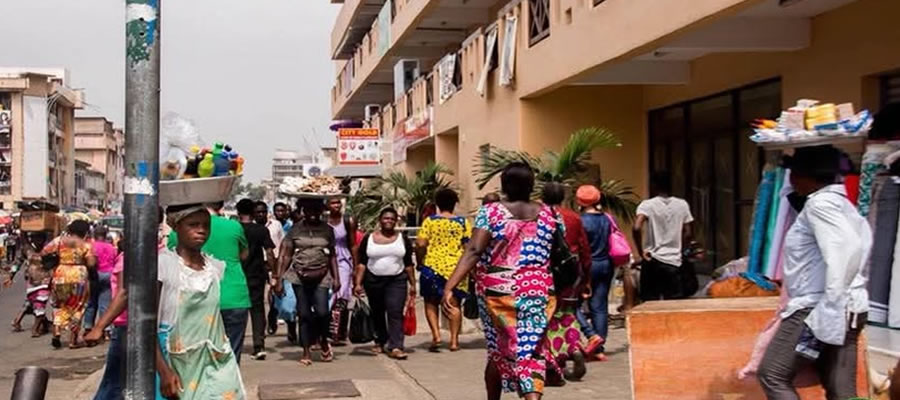


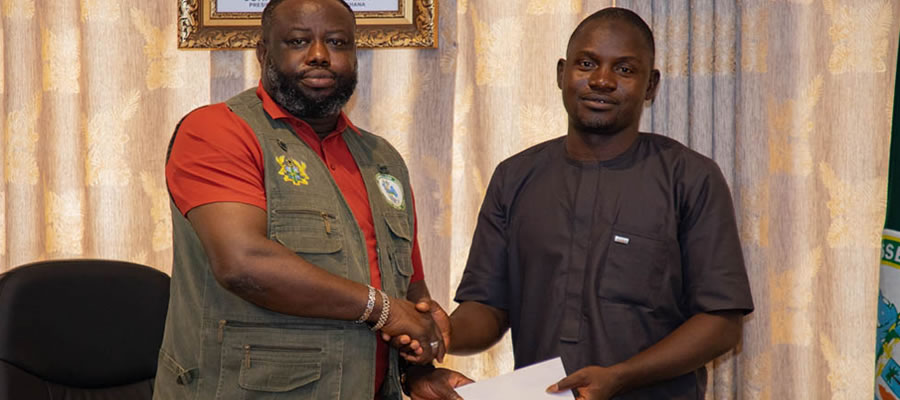
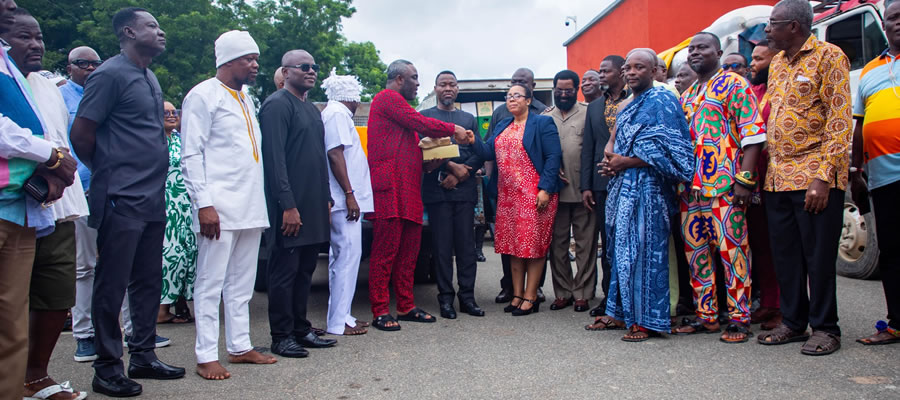
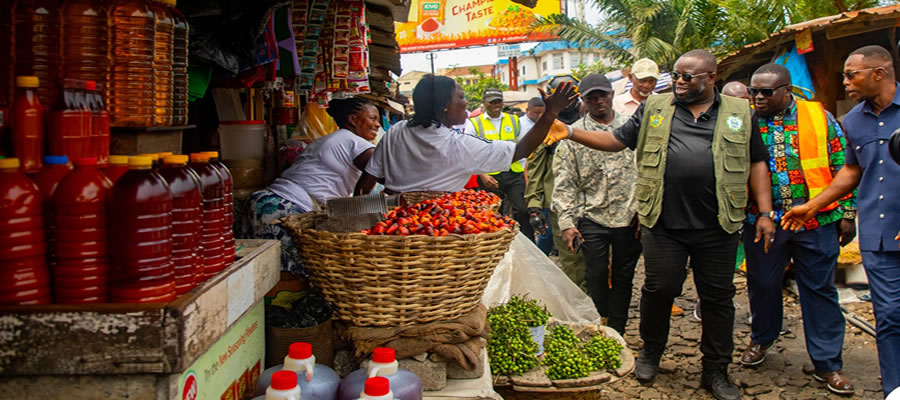
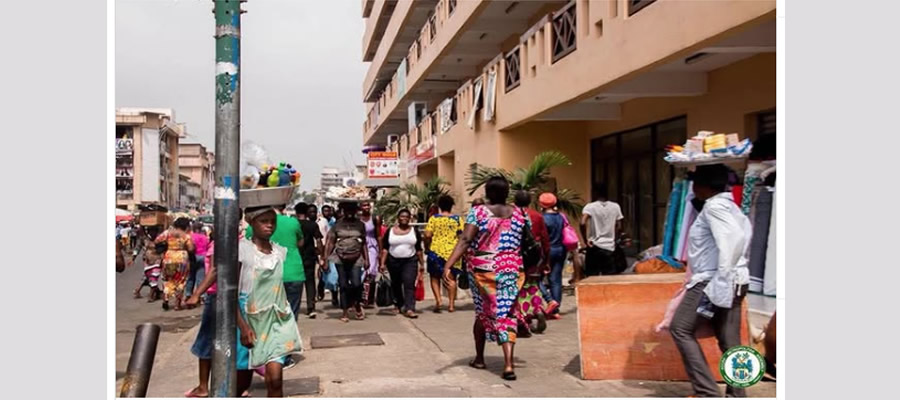
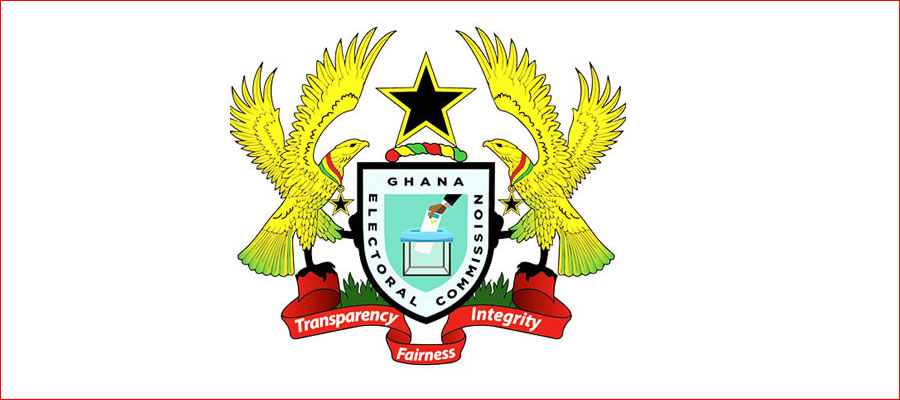


 facebook
facebook
 twitter
twitter
 Youtube
Youtube
 +233 593 831 280
+233 593 831 280 0800 430 430
0800 430 430 GPS: GE-231-4383
GPS: GE-231-4383 info@ghanadistricts.com
info@ghanadistricts.com Box GP1044, Accra, Ghana
Box GP1044, Accra, Ghana